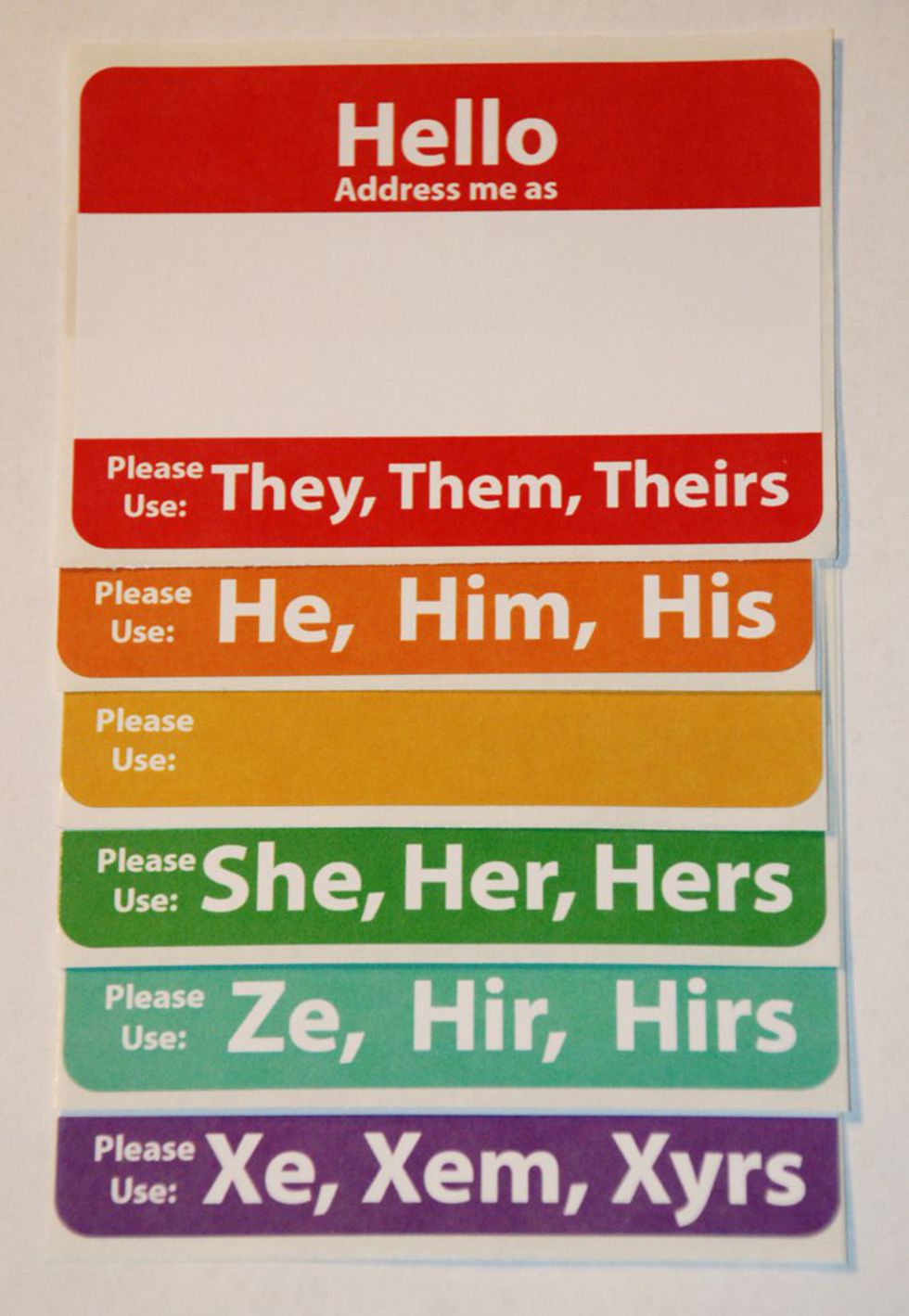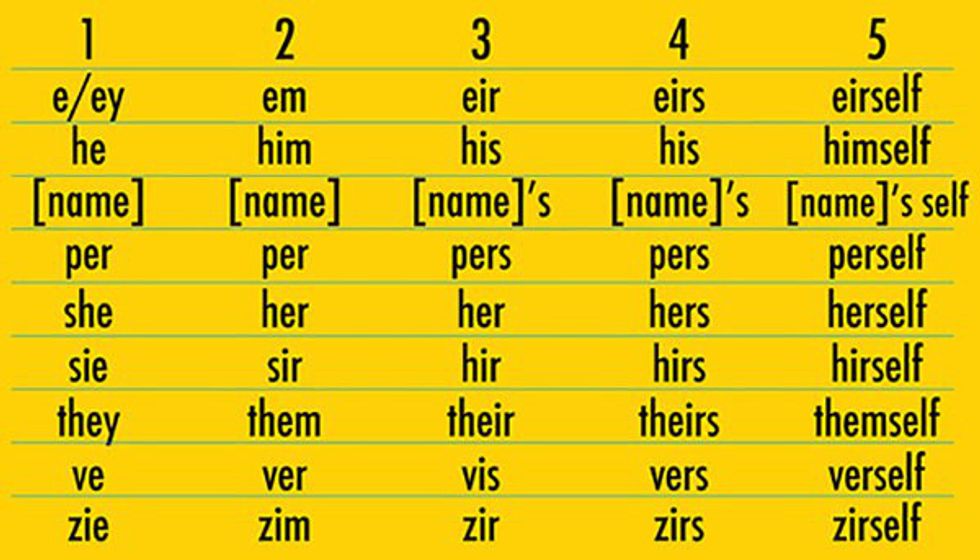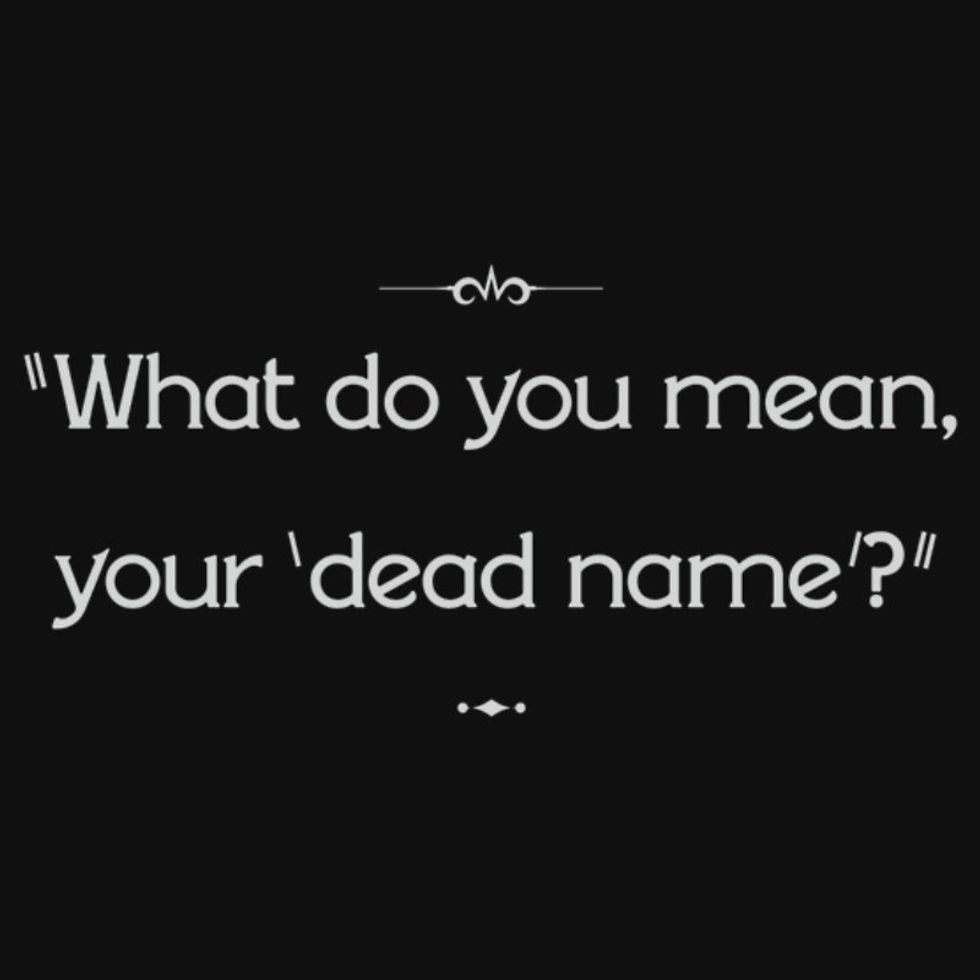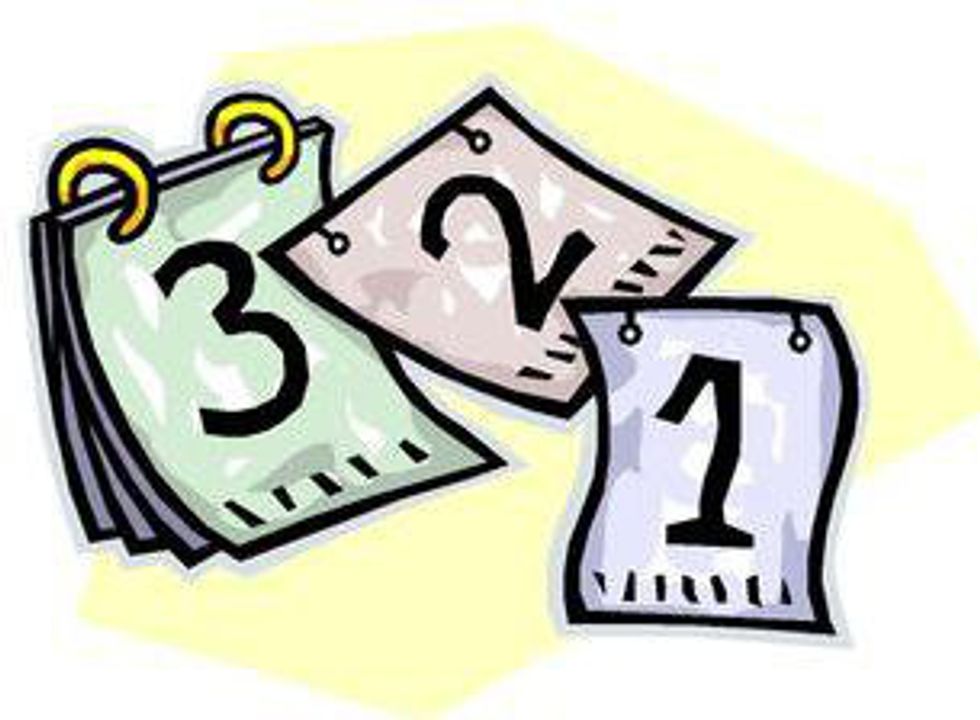On the morning of Saturday, January 5th, we embarked on our trek to the Old City once again. Our first stop: Mamilla Avenue. It's called Mamilla for Jews, but the same area is called Maa Min Allah for Muslims--meaning "the one who comes from God."
This road leads up to Jaffa Gate, which I mentioned previously is called Baab Al-Khalil by Muslims (Gate of the Friend). The "friend" in this case is in reference to Abraham, God's beloved.
Since Abraham was buried in Hebron, Arabs sometimes also called this gate Hebron Gate. Again, just another example of the way language used for certain structures can simultaneously show where the speakers come from and affect the way future speakers of the language perceive the land's narrative.
We walked past shops that were closed in broad daylight--in accordance to Shabbat--down a Jerusalem-Stone-lined path that seemed to be an outdoor mall. We saw Western shops like American Eagle, but also conservative clothing lines like ModLi. As we approached what appeared to be just another shop on the corner, we realized every brick on this building had a number written on it.
It was a peculiar sight, but Roni quickly explained to us that this street had been remodeled. Jerusalem is built with the same Jerusalem stone all around, so the old buildings already had bricks made out of Jerusalem stone (just to clear things up, Jerusalem stone is dolomitic limestone; the city happend to be on a large chunk of it, and people found it beautiful--which it is--so the city was made out of it).
When the buildings were being remodeled, it was the insides (the beams, poles, pipes, electricity systems, etc.) that were being modernized; people wanted the exterior to stay the same, beautiful Jerusalem stone.
How did they pull this off? When the construction workers took down the buildings, they made an effort to paint a number on every single one, in the order that it appeared on the original buildings. They were careful to not accidentally destroy any bricks, and when they had finally remodeled the insides of each building, they put the bricks back in the same order to reconstruct the exact same exteriors as had stood before.
Instead of deciding to wash all of the paint off the bricks when the buildings were completed again, they kept the numbers as a way to commemorate both history and the efforts that the city made to preserve the old culture of the land--which includes architecture. Not only is this feat a cool story to tell, it also saved the city TONS of money that they would have spent on getting new bricks of Jerusalem stone made and shipped to their (re-)construction site.
Anyway, we headed up the street to Jaffa Gate, Hebron Gate, or Baab Al-Khalil, depending on what you want to call it. This entrance into the Old City is located right between the Christian Quarter and the Armenian Quarter, and as soon as we walk in, we see shops that had signs in many languages--including Russian, Polish, and even Mandarin Chinese!
We meandered through shops and markets in the Muslim and Christian Quarters, stopping along the way to follow the fourteen stations of the Cross on Via Dolorosa. These fourteen stations, for believers in Christianity, show the stops Jesus made on the day of his crucifixion.
The fourteen stations of the Cross are as follows: Pontius Pilate condemns Jesus to his death, Jesus bears his cross, Jesus' first fall, Jesus meets his mother, Simon of Cyrene helps bear the cross, Veronica wipes Jesus' face, Jesus' second fall, Jesus meets the women of Jerusalem and the women weep, Jesus' third fall, Jesus gets stripped of his clothes, Jesus gets nailed to the cross, Jesus dies on the cross, Jesus is brought down from his death on the cross, and Jesus is put in the tomb. Some count his resurrection as the fifteenth station of the Cross, but most Christians believe in only the fourteen stations.
For Christians, following the way of the Cross is extremely important to their faith. On our trip, we saw many, many people retracing Jesus' steps on the day of his crucifixion; at each stop, there never failed to be people walking and praying. Even within the Christian Quarter, we saw many different narratives; for example, the "birthplace of the Virgin Mary" had been claimed by several different churches, located in several different areas.
Part of our journey along the way of the Cross was when we walked in the Olive Tree Garden and saw the Church of Mary Magdalene. From there, we walked to the Baths of Bethesda, where Christians believe Jesus healed a man who was an invalid. The name, "Bethesda," actually symbolizes healing; it is of Aramaic origin and means "House of Mercy," so people go there to be healed.
We entered a church where there was a choir group singing. Next to us stood a group of Nigerian visitors; when the English-speaking choir was finished with their set, the Nigerians went and sang a worship song in their native tongue. Even with the different in language, ethnicity, and home country, everyone in the building clapped and smiled along.
In the next section in this series, I will be continuing with our day through the Old City, where we go to the Church of the Holy Sepulchre and an Arab Bazaar!
- Karen And Roy Prior: Living The Dream ›
- 19 Of The Best And Worst Rankin Bass Christmas Movies ›
- Sociolinguistics Series: Part 40 ›
- 17 Reasons Your Old Soul Friends Truly Come Alive When Winter ... ›
- Victims Don't Need Your Prayers, They Need Gun Control ›
- Sociolinguistics Series: Part 37 ›
- Sociolinguistics Series: Part 38 ›























